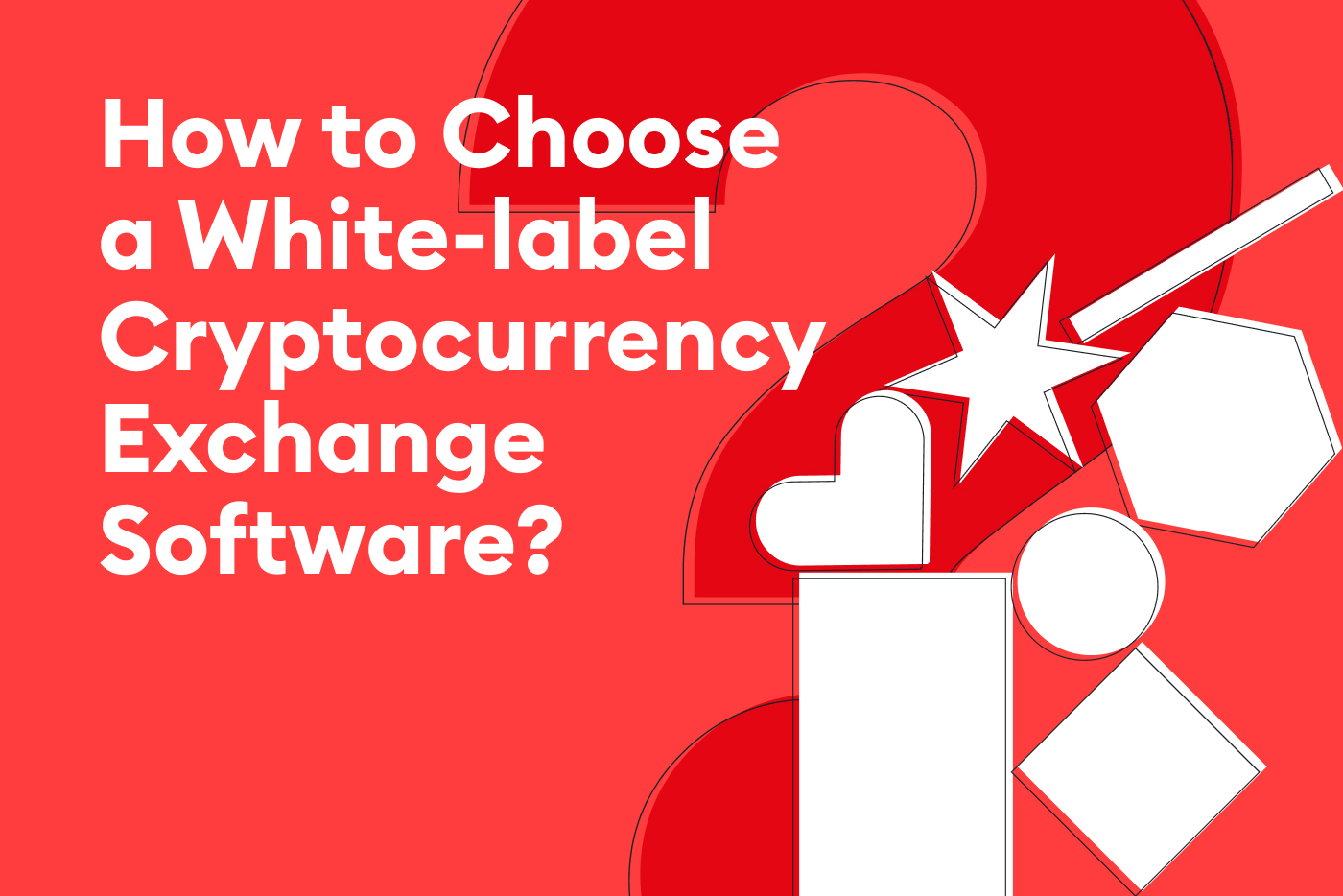
Introduction
Blockchain is a decentralized distributed ledger in which storage devices (nodes) are not connected to the one common server. Copies of the blockchain are stored on millions of computers at the same time, and the data is available to all network users. The first conceptualization of blockchain was made in cryptocurrency named Bitcoin by Satoshi Nakamoto in 2008. This technology has substantial potential to build a foundation for creating unprecedented before business models, according to Harvard Business Review [4]. Furthermore, Gartner conducted a research the results of which show that business value added by blockchain will grow more than $176 billion by 2025, then rise to approximately $3.1 trillion by 2030 [9]. PwC holds the opinion that from 10% to 20% of global economic infrastructure will be based on blockchain platforms and systems by that same year [1].
Use Cases
The possibilities of using the blockchain (distributed ledgers) in business activities, and in particular in the field of document flow, are being actively discussed [3]. Today, there are several ways of document flow between different organizations. It could be an exchange of emails or usage of cloud systems and technologies, which are offered by various companies. Unfortunately, not all methods in this area are equally convenient. For example, sending documents by email still requires duplicating legal information on paper. In addition, in the case of electronic document flow between two participants, they both have to find the interaction format, the type of electronic digital signature, and the encryption method too. Universal platforms for document flow based on blockchain will solve these problems [2]. Moreover, distributed ledger technology is a great tool that provides “the existence and exact contents of any document or other digital asset at a particular time” [11], [92]. Besides, it is necessary to mention that further characteristics of blockchain create unprecedented conditions for the highest level of confidence in the blockchain data from interested parties:
- Decentralization of the system minimizes the risks of failure in case of system errors;
- Increased security through the use of cryptography;
- Inability to modify blockchain data retroactively;
- Efficiency of automated data exchange, in which human error is eliminated;
- The transparency of the entire system, since all actions within the blockchain are “documented” and available for checking to all participants of the system with government regulation.
Nevertheless, this blockchain platform should include the possibility of limiting the access to part of the documents (e.g., to prevent the access of ordinary workers to management documents). Also, modification, falsification or deletion of documents from the registry should not be possible. Finally, each document must have an author, a signature, and a timestamp.
Advantages
Blockchain holds the potential for the improvement of document flow in business [6] for several reasons:
- Firstly, the usage of digital signatures and computer algorithms instead of paper documents and manual data processing speeds up the document flow multiple times.
- Secondly, it eliminates intermediaries in the implementation of transactions. Thanks to smart contracts, businesses can opt out of the services of third parties, which verify participants in a transaction, guarantee the transfer of money, and confirm the legality of the transaction.
- Thirdly, сosts will be reduced. The fewer intermediaries (e.g. notaries, realtors and banks, payment systems and gateways), the lower the cost of the contract.
- Fourth, the probability of system error due to human error is minimized and the overall system allows for a high level of transparency [12].
- Fifth, paperwork is minimized and the risk of losing documents is eliminated.
However, it should be clearly understood that the use of blockchain is not a panacea that can heal all problems associated with the reliability of information. It cannot ensure the accuracy of the information that is “fed” into the system. This demands additional organizational and technical measures that will inevitably raise financial costs, at the stage of implementation of this new technology.
In the following section, we will present the disadvantages and technological challenges of the distributed ledger technology.
Disadvantages and Technological Challenges
The creation of a blockchain-based system for document flow has a number of disadvantages. All of them are concerned with the technical and financial areas, namely: the necessity to ensure an appropriate level of information security, great electricity consumption for maintaining the system infrastructure, and the need for high level of blockchain scalability [10]. Furthermore, there is a lack of legal framework regarding the legal ground of such a system. There is no cooperation between academia and the blockchain industry in the application of blockchain technology for documentation purposes. In other words, theoretical concepts do not turn into practical ones. According to Victoria Lemieux (lead of the Blockchain research cluster at the University of British Columbia), this could restrain the development of the entire sector [7]. Also, there are several technological challenges of implementing blockchain in the workflow. For example, requirements to comply with data privacy laws of various jurisdictions could be a reason for altering or deleting the information from the blockchain, however, it is rather hard to change or erase something from any blockchain-based system.
Advantages
- Speeds up the document flow several times;
- Eliminates intermediaries;
- Reduces costs;
- System error due to human factor is minimized;
- High level of transparency;
- Risk of losing the documents is eliminated;
- Minimized paperwork.
Disadvantages
- Necessity of ensuring the appropriate level of information security;
- Scalability is an issue;
- High energy consumption;
- Theoretical concepts do not turn into practical ones due to the absence of cooperation between academia and blockchain industry.
Technological Challenges
- Required to comply with data privacy laws;
- Information cannot be erased;
- Information cannot be altered.
Use Cases
Furthermore, there is a wide range of successful examples of blockchain based document flow in large organizations. For instance, such large banks as Sberbank, Bank Otkritie, Raiffeisenbank, Inter RAO, one of the biggest diversified energy holding company, Rospatent, Russian federal service for intellectual property, VEB (ex-Vnesheconombank), Russian state development corporation and investment bank, already have the positive experience of using the workflow platform on blockchain [8]. The results of a research conducted by Mindsmith show that these companies reduced paper workflow, costs for storage and transportation of documents, and eliminated the risk of losing documents loaded into the system [8].
Conclusion
On the one hand, we see that implementing blockchain into the document flow has many benefits. The blockchain technology seeks to change the way documents are authenticated by moving from reliance on a trusted third-party to a system-based authentication method. On the other hand, blockchain based workflow has issues with legal framework and system scalability, high level of electricity consumption, and problems with turning theoretical concepts into practical ones. Nevertheless, according to experts from the ISO (International Organization for Standardization), blockchain is becoming an important new direction in the development of information technologies, on the basis of which it will be possible to create new solutions that have significant potential to optimize business processes, especially when there is a need for permanent record, without the need to involve a trusted third-party for this purpose [5].
References
- Blockchain is here. What’s your next move? // PWC URL: https://www.pwc.com/gx/en/issues/blockchain/blockchain-in-business.html (дата обращения: 04.04.2020).
- Genkin A.S., Mikheev A.A. Blockchain. How it works and what awaits us tomorrow. Moscow: Alpina Publisher, 2018. 562 pp.
- Harris T. Mastering Bitcoin & Cyptocurrency for Beginners — Bitcoin Basics, Bitcoin Stories, Dogecoin, Reinventing Money & Other Digital Currencies. Scotts Valley: On-Demand Publishing, 2016 . 86 pp.
- Iansiti M., Lakhani K. R. The truth about blockchain // Harvard Business Review. 2017. №95(1). pp. 118–127.
- ISO/TC 307 Blockchain and distributed ledger technologies // ISO URL: https://www.iso.org/committee/6266604.html (accessed: 02.04.2020).
- Lacity M. C. Addressing key challenges to making enterprise blockchain applications a reality // MIS Quarterly Executive. 2018. №17 (3). pp. 201-222.
- Lemieux V. Blockchain Technology for Recordkeeping // Social Sciences and Humanities Research Council of Canada Knowledge Synthesis Report. 2016. pp. 1-30.
- Map of the Russian corporate blockchain ecosystem // MINDSMITH URL: https://mindsmith.io/map/ (accessed: 02.04.2020).
- Newsroom Press Releases // Gartner URL: https://www.gartner.com/en/newsroom/press-releases/2019-07-03-gartner-predicts-90–of-current-enterprise-blockchain (accessed: 03.04.2020).
- Saveliev A. I. Legal aspects of the use of smart contracts and blockchain technologies // Law. 2017. No 5. pp. 94-117.
- Swan M. Blockchain: Blueprint for a new economy. Sebastopol: O’Reilly Media Inc, 2015. 152 pp.
- Tian Y. et al. An Innovative Infrastructure Financing Instrument: Blockchain-based Tokenization // Construction Research Congress. 2019. pp. 1-10.

